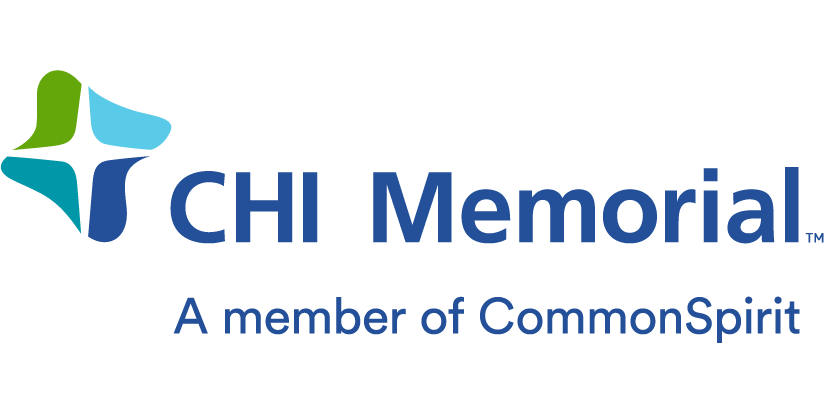Back pain remains one of the most common medical issues, affecting eight out of ten people at some point during their lives.If you suffer from back pain, understanding the type,causes and treatments is vital to minimizing future acute (sudden) or chronic (overuse) pain from straining the spine.
Pulled muscles and tendons
One of the most common triggers is a pulled muscle or tendon, which is signaled by a very quick and sudden pain.Symptoms of a muscle injury include bruising, localized tenderness, and knotting.Pulled muscles may also cause a decrease in movement or strength, painful motion, or a loss of tolerance for positions that stress the muscle.This type of back pain usually occurs when the muscle or musculotendinous junction (the area in which muscle merges into tendon) is overworked.
Treatment for a muscle injury begins with therapy, where we emphasize postural stability and dynamic functional strengthening. We may use manual interventions or movements to mobilize tight tissues and, in the case of muscle spasm, dry needling.This therapy usually promotes a healing response in the muscle and causes the body to naturally correct itself more efficiently.
Arthritic pain
Back pain due to arthritis is identified by a pattern of stiffness after periods of sedentary positioning, usually in the buttock, legs, or lower back.The pain is reduced when slumped and increased with standing erect or bending slightly backwards.This type of pain usually indicates underlying issues, and regular imaging is the best way to see the severity of the problem or any changes that have occurred in the bones and joints.
Treatment is a combination of exercises to improve movement, correct posture, and decrease the muscle imbalance that influences how the joints move.The focus can be on the low back, pelvis, and legs – because all of these areas have roles in how our back moves and functions.In severe cases, aquatic exercise at the beginning of rehab is beneficial to initiate restoration of movement. As healing progresses, patients are often transitioned to land based activities.When dealing with arthritic pain, moist heat is better than cold to reduce stiffness and promote relaxation.
Herniated or ruptured discs
If you experience numbness or tingling from a nerve’s origin at the spine to the very end of the nerve, you may have a herniated or ruptured disc.Patients will typically feel worse when bending forward or slumping and better with gentle extension or distraction.After a period of observing your symptoms, an MRI is the best way to see if disc material is encroaching on nerve tissues.
Similar to other back pain treatments, recommendations for a herniated disc include a combination of core stabilization and strengthening, spinal mobilization, dry needling, and aquatic therapy.The goal with each form of therapy is to decrease spinal compressive forces and provide relief for overworked areas of the back. Paired with education on lifting techniques and posture, therapy helps alleviate pain and equips patients with the knowledge needed to avoid further agitating their injury sites.
For more information about rehabilitation services at CHI Memorial, call (423) 495-7466.




